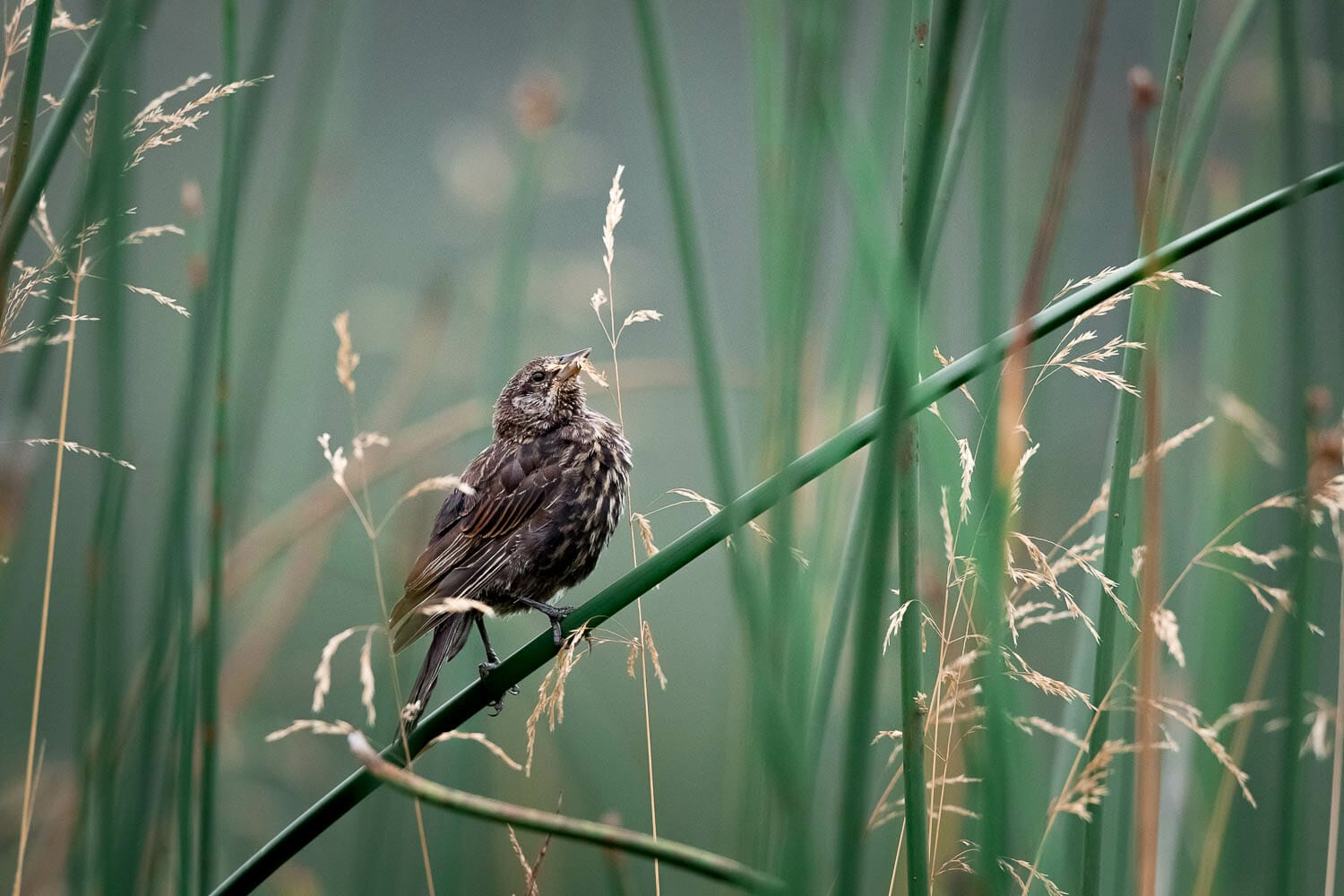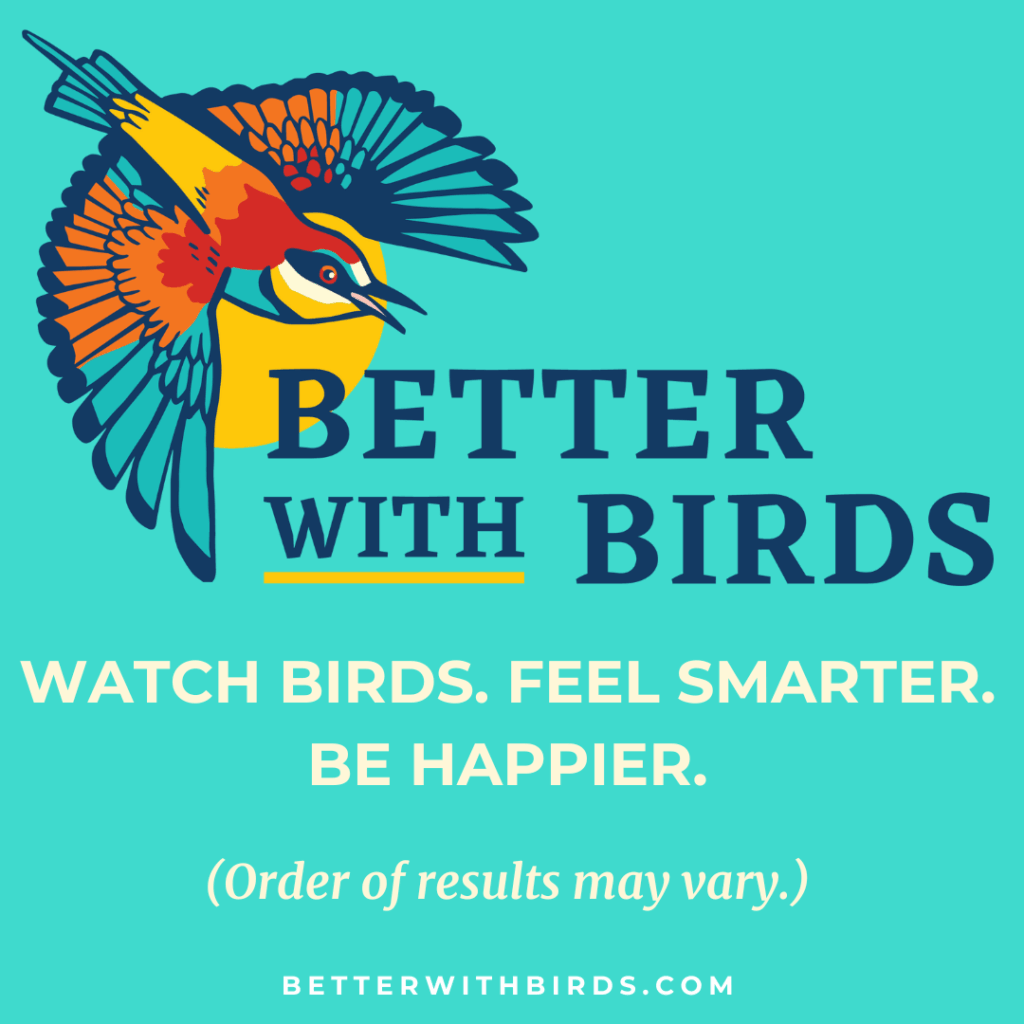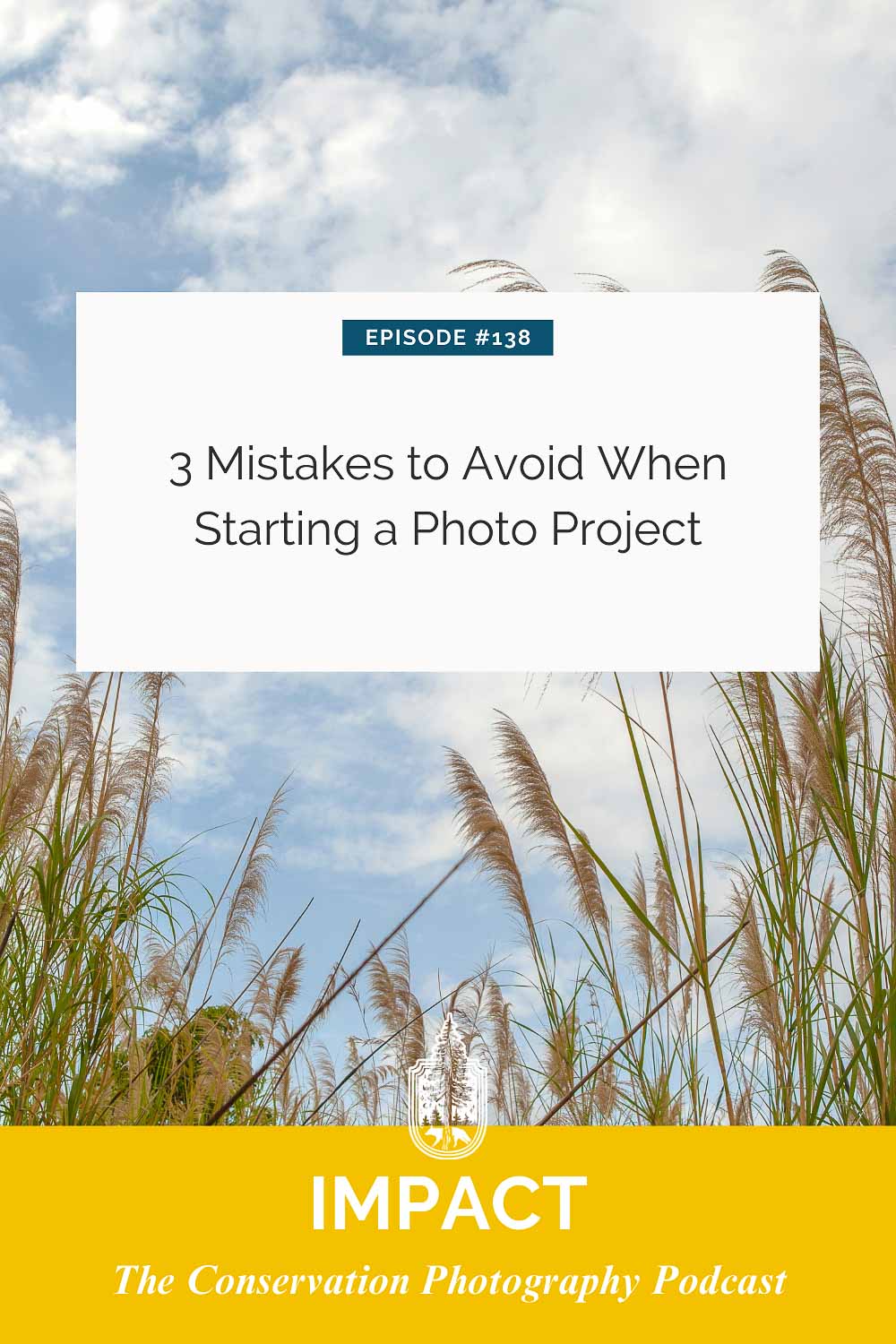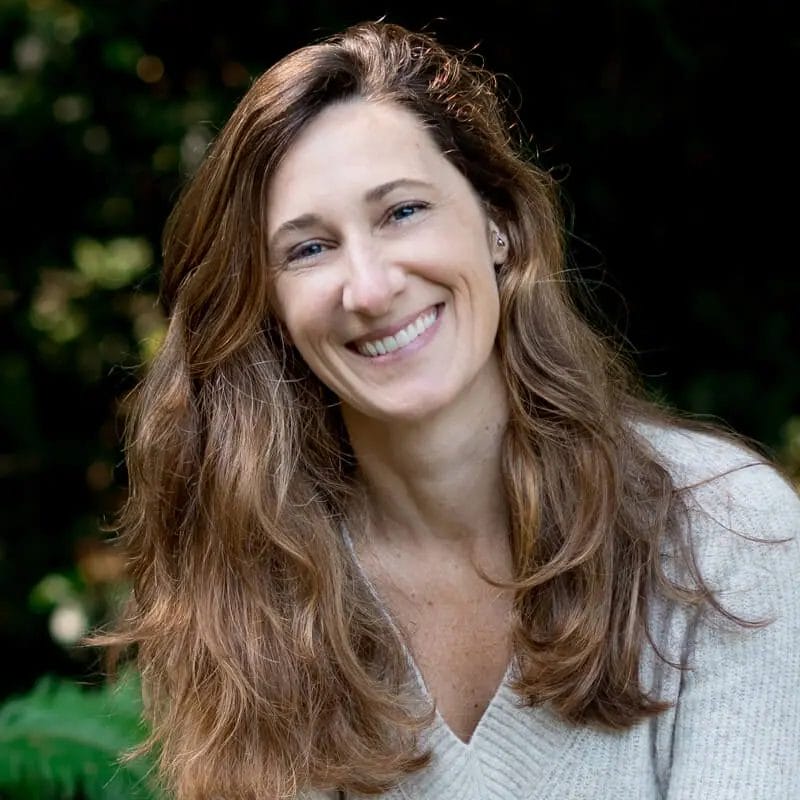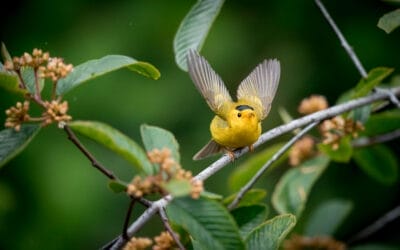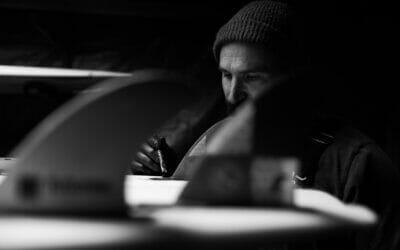Photo projects are so exciting! That is until overwhelm, confusion, insecurity, scope creep, busy schedules, and so much else get in the way. Here are the 3 most common stumbling blocks conservation photographers face with a new project and HOW to overcome them – with advice straight from my own project management mentor, Jo.
The most common hiccups you’ll face in photo projects are…
Mistake #1: Not Knowing What You Want to Accomplish
One of the most common mistakes photographers make when starting a project is not having a clear idea of what they want to accomplish.
It’s easy to get excited about a concept, but if you don’t know what success looks like, your project can quickly become nebulous and overwhelming.
Why It Happens:
Often, the initial idea is more of a feeling or a broad concept. You’re passionate about a topic, but you haven’t yet distilled it into specific objectives.
How to Avoid It:
Start by asking yourself some key questions:
- Why does this topic matter to me?
- What do I want people to understand or feel when they see my photos?
- What tangible outcomes do I want from this project?
For example, if you’re interested in documenting an endangered habitat, your goal might be to raise awareness and support for conservation efforts.
Or perhaps you want to celebrate the beauty of a particular species to foster appreciation and protection.
Write down these thoughts. They will guide you in shaping your project.
Jo’s Strategy:
Jo suggests letting the idea cook in your brain. Write notes about what resonates with you and why. Over time, patterns will emerge, helping you clarify what’s most important. You might find that what really matters is creating awareness about a specific issue, or maybe it’s celebrating the beauty of a species that brings you calm. Once you understand your core motivation, you can narrow your focus and set a clear goal.
Mistake #2: Not Setting Boundaries
Without clear boundaries, a project can quickly become unwieldy. It’s tempting to keep adding new ideas, but this can dilute your focus and make it hard to achieve anything concrete.
Why It Happens:
As you research and learn more about your topic, you discover new and exciting aspects that you want to include. This can lead to scope creep, where your project keeps expanding and loses its original focus.
How to Avoid It:
Set clear boundaries from the start. Define what’s in scope and what’s not. This doesn’t mean you can’t adapt or evolve your project, but having a clear framework helps you stay focused.
Strategies for Setting Boundaries:
- Create a “Shiny Object Waiting Room”: When new ideas pop up, put them in a waiting room. You can revisit them later, but they won’t distract you from your current focus.
- Set Milestones: Break your project into smaller, manageable parts. Each milestone should have a specific goal and timeline. For instance, your first milestone might be capturing initial images, while the next could be creating a draft for a photo essay.
By focusing on one milestone at a time, you maintain clarity and momentum without getting overwhelmed by the bigger picture.
Mistake #3: Not Setting a Timeline
Without a timeline, projects can linger indefinitely. Setting deadlines, even if they are flexible, is crucial for maintaining progress.
Why It Happens:
There’s often a fear of setting a timeline because you might not know how long things will take, or you worry about failing to meet your deadlines.
How to Avoid It:
Commit to a timeline. Even if you’re unsure, pick a date to aim for and adjust as you go. The act of setting a deadline creates a sense of urgency and can help you move forward.
Strategies for Setting a Timeline:
- Work Backwards: If you have a clear end goal, work backwards to set intermediate deadlines. For example, if you want to have a gallery exhibit by next summer, set deadlines for each phase of your project leading up to that.
- Be Flexible: Understand that timelines can change. If unexpected obstacles arise, adjust your dates. The key is to keep moving forward and reassess regularly.
- Commit Publicly: Sometimes telling someone else about your deadline can create a sense of accountability. Whether it’s a friend, mentor, or social media audience, sharing your timeline can help you stay on track.
Jo’s Advice: Sometimes, you just have to make it up and pretend. Pick a date, start there, and adjust as you go. This approach removes the fear of failure and turns the process into an ongoing experiment. You learn and adapt along the way, keeping the project dynamic and exciting.
Wrapping It Up
Starting a conservation photography project is a thrilling endeavor, but it’s easy to stumble if you’re not prepared. By avoiding these common mistakes—having a clear goal, setting boundaries, and committing to a timeline—you set yourself up for success.
Remember, it’s okay to start with broad ideas and refine them as you go.
Keep asking yourself what’s most important and why, and be willing to adapt your approach as needed.
Set milestones and timelines to keep yourself accountable and ensure steady progress.
Most importantly, embrace the process.
Conservation photography is about passion, creativity, and making a difference.
Enjoy the journey, learn from each step, and let your images tell the powerful stories that inspire change.

